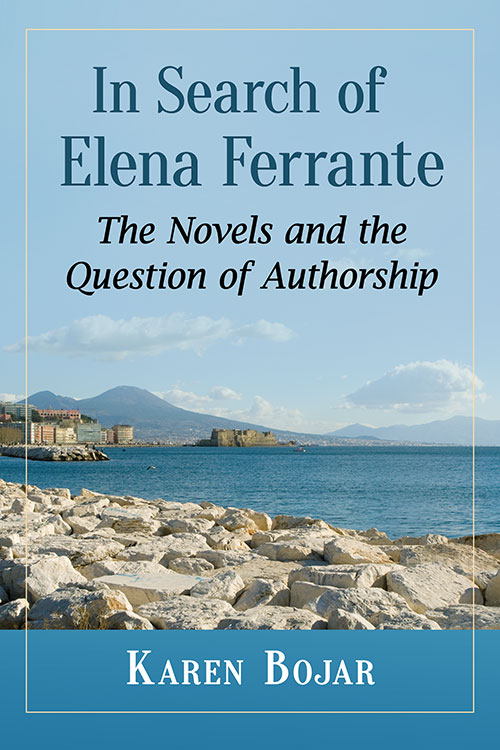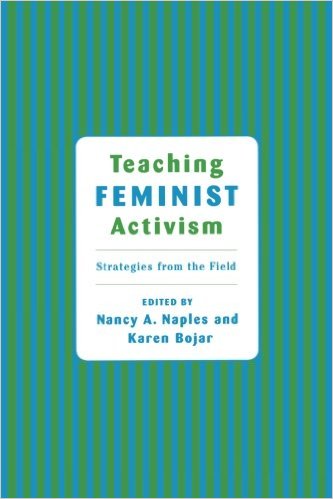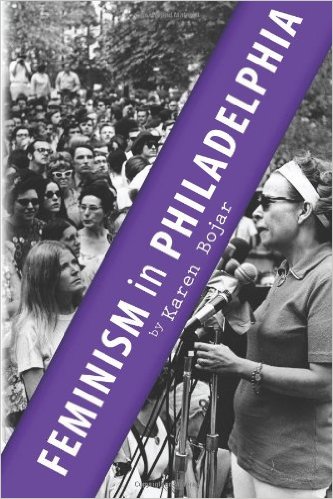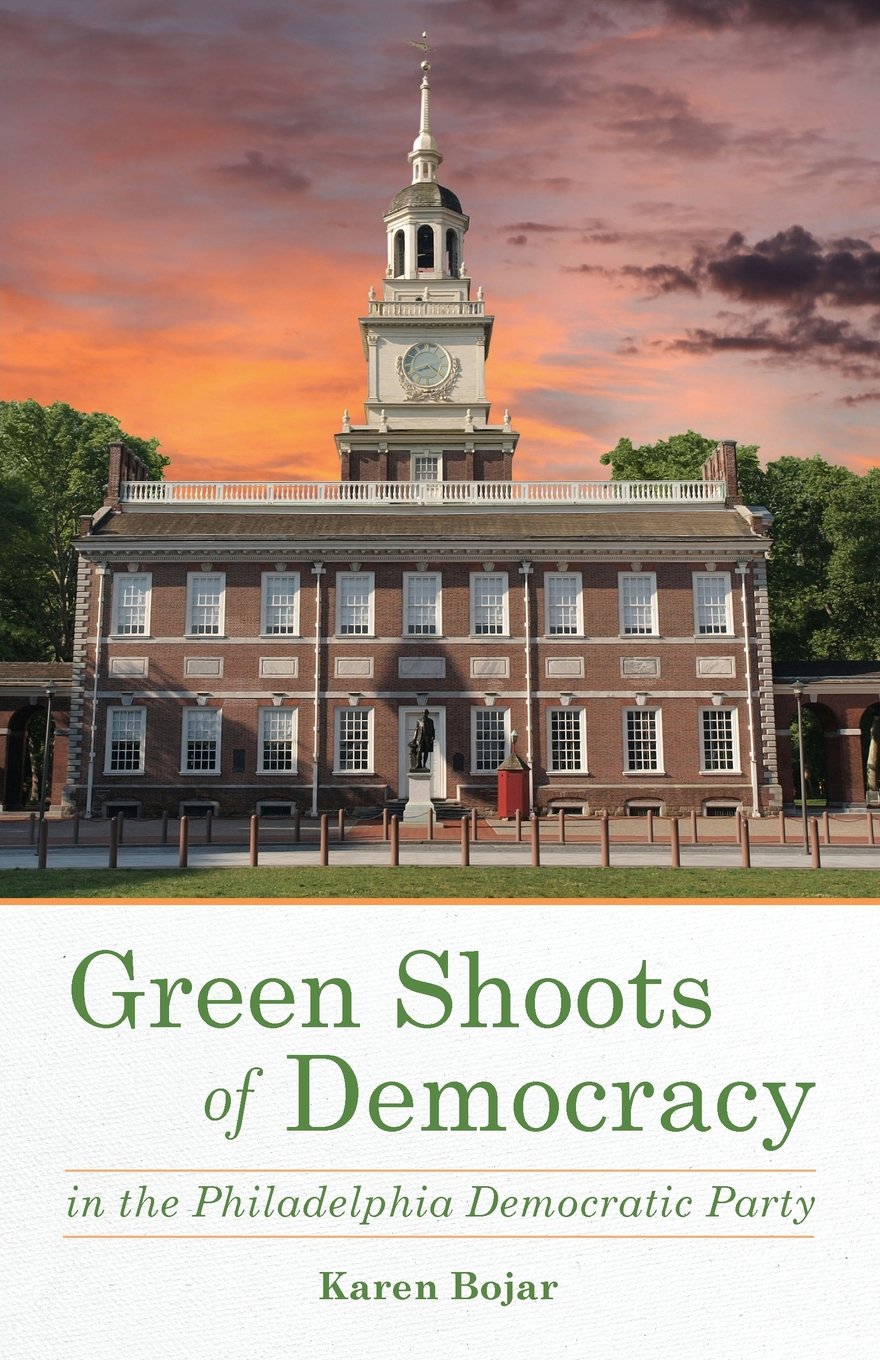 I wrote this book to help me unlock the secrets of Elena Ferrante’s power, to better understand why these books have had such a hold on my imagination and that of millions of readers worldwide. I was introduced to Ferrante by James Woods’ January 2013 New Yorker article, which made a compelling case for Ferrante. I was not disappointed. Since then I’ve read all her books at least three times.
I wrote this book to help me unlock the secrets of Elena Ferrante’s power, to better understand why these books have had such a hold on my imagination and that of millions of readers worldwide. I was introduced to Ferrante by James Woods’ January 2013 New Yorker article, which made a compelling case for Ferrante. I was not disappointed. Since then I’ve read all her books at least three times.
When I searched for material about Ferrante, I found countless reviews, essays, and blog posts but only two full-length studies. I searched without success for a comprehensive study of Ferrante that would explore the complicated interweaving of thematic strands, including analysis of the political dimension, an aspect of Ferrante’s work largely ignored by reviewers. Finally, I decided to try to write the book I wanted to read.
In Search of Elena Ferrante explores the international reaction to Ferrante, dubbed “Ferrante Fever,” the controversy surrounding Ferrante’s decision to write under a pseudonym, and the special challenges posed by a work in translation. I draw on the many insights Ann Goldstein has provided into the process of translating Ferrante’s work, along with her sense of the themes and preoccupations of the elusive author. Furthermore, Ferrante, in numerous interviews conducted solely through letters and email, has provided a running commentary on her work. I cannot recall another instance when readers have had the benefit of both the author’s and translator’s insights into the creative process.
Reviewers have generally ignored the political dimension of the Neapolitan novels and have focused primarily on Ferrante’s exploration of personal relationships, in particular female friendship. However, the Neapolitan Quartet is very much a political text. Ferrante’s Neapolitan Quartet is deeply political in that the characters’ personal histories are interwoven with the larger social drama although there is no easily extractable political philosophy. Ferrante has intertwined the political and personal strands so effectively that the political debate never feels intrusive, with the characters’ political beliefs emerging organically from their circumstances and personalities.
Although many readers have seen the Neapolitan Quartet as a searing portrait of man’s inhumanity towards women, I argue that Ferrante’s portrayal of gender roles is far more nuanced, with some of her male characters taking tentative steps towards gender equality. Ferrante portrays both her male and female characters as prisoners of gender, their lives constrained by the expectations of a deeply sexist society. Ferrante portrays a world in which gender roles are changing, with at least some of her male characters a part of that change.
I explore the responses to Ferrante’s decision to remain anonymous and the passionate insistence of her devoted fans that the author must be a woman. Then along came journalist Claudio Gatti’s well-documented claim that Ferrante was Anita Raja who, unlike Ferrante, did not grow up in an impoverished Neapolitan neighborhood but rather left Naples at the age of three and lived in middle class comfort in Rome. Presumably, Raja had ready access to the educational opportunities that Ferrante’s characters struggled to obtain. Most of Ferrante’s readers appeared not to be disturbed by this discrepancy and tended to view the falsely claimed Neapolitan background of Ferrante as a literary device.
Many Ferrante fans expressed relief that at least Gatti identified a woman as the author; however, Gatti left open the possibility of collaboration with Raja’s husband, Domenico Starnone . When I first read about the identification of Starnone as the probable author (or co-author), I dismissed it out of hand. I had made up my mind that it was impossible that a man could have written any part of this deeply felt account of female experience; there were just too many intimate details of life in a female body. I am no longer convinced this is the case and can no longer discount the mounting evidence pointing to Starnone’s authorship, including as of this writing four separate teams of linguists whose text analysis software has pointed to Starnone as the principal author, as well as echoes of Ferrante’s work in Starnone’s recently published novels
Certainly many of Ferrante’s fans would be deeply disappointed to learn that the books were not solely the work of a woman, but there are surely others intrigued by the collaboration of a man and woman on books that so powerfully explore issues of gender. The whole experience has challenged some of my assumptions about literature—principally that there is such a thing as an authentic female voice that can be recognized as such. As Ferrante herself has said in her collection of interviews and letters, Frantumaglia: A Writer’s Journey, “A good writer, male or female can imitate the two sexes with equal effectiveness.” So does all this matter?
I question whether we will read the novels differently if we know that the author is not a woman drawing on her own experience of class and gender discrimination. In my recent re-reading of the Neapolitan novels, I forgot all about Anita Raja, Domenico Starnone and Claudio Gatti and became once again totally immersed in the world of Lila and Elena. This is what counts.
In Search of Elena Ferrante is available at:
For more information, please see:
https://www.facebook.com/BojarKaren/?modal=admin_todo_tour
Karen Bojar, “HBO’s ‘My Brilliant Friend’ adds to Ferrante original,” Chestnut Hill Local, December 28, 2018 is available at: https://www.chestnuthilllocal.com/2018/12/28/hbos-my-brilliant-friend-adds-to-ferrante-original/




